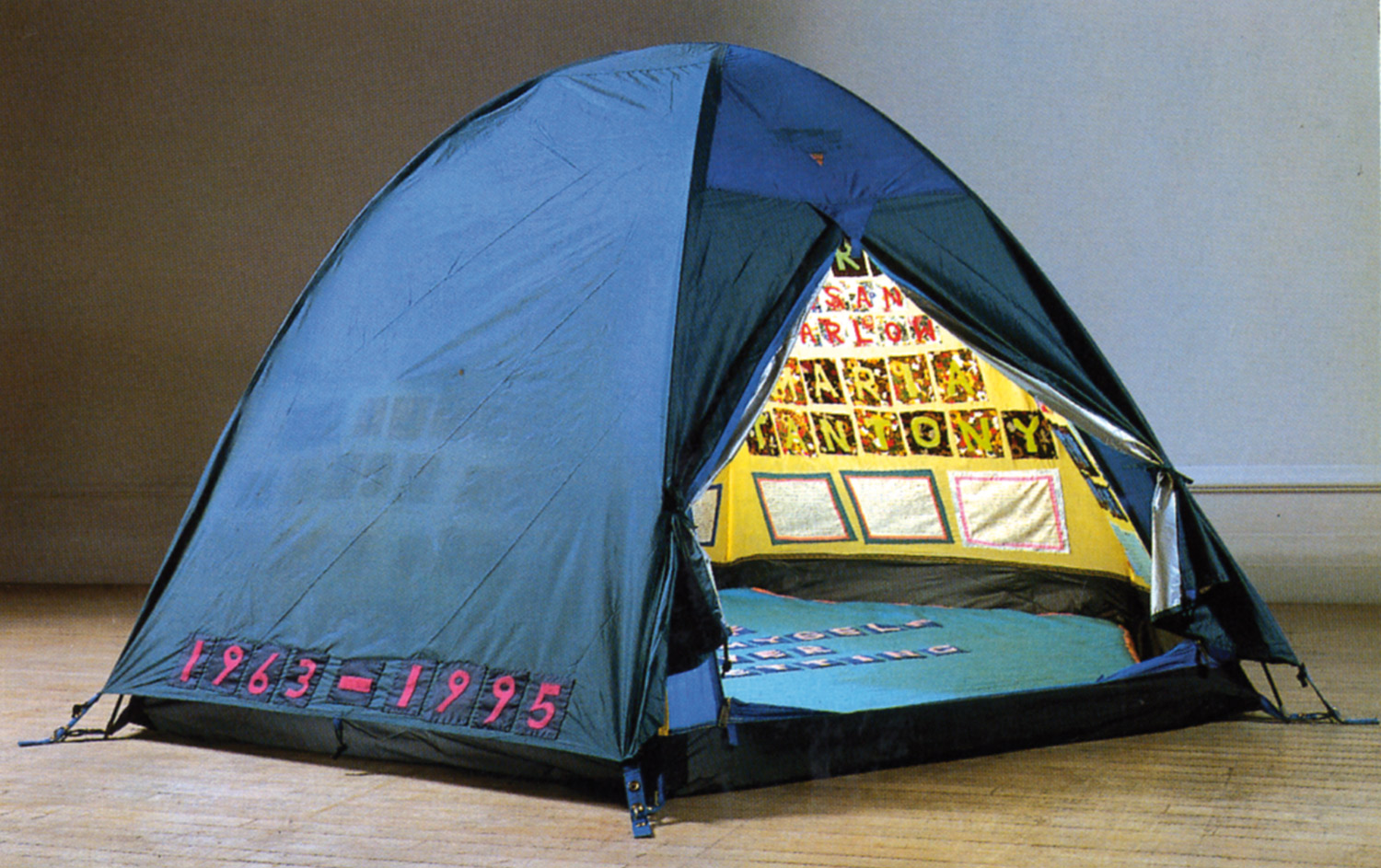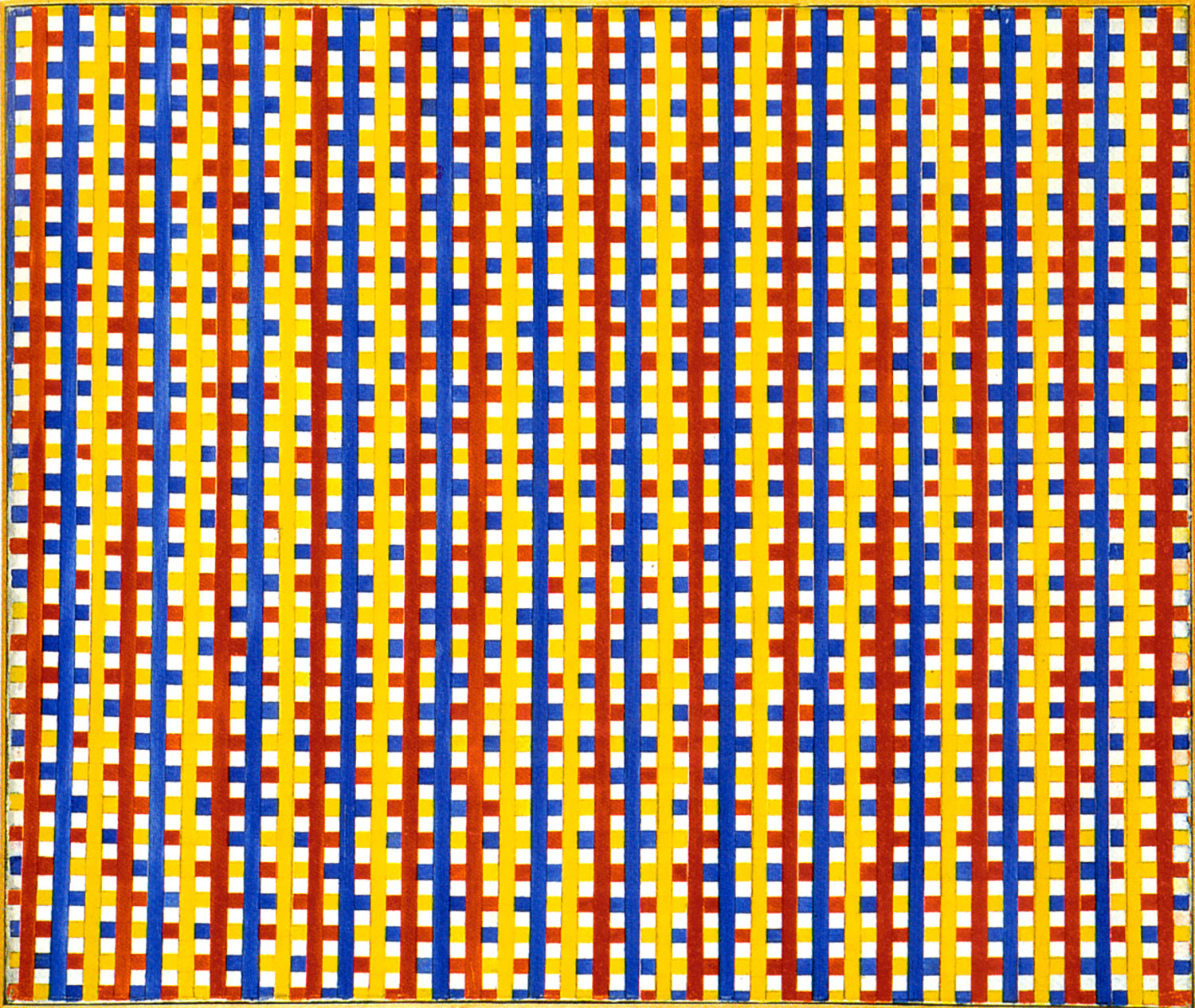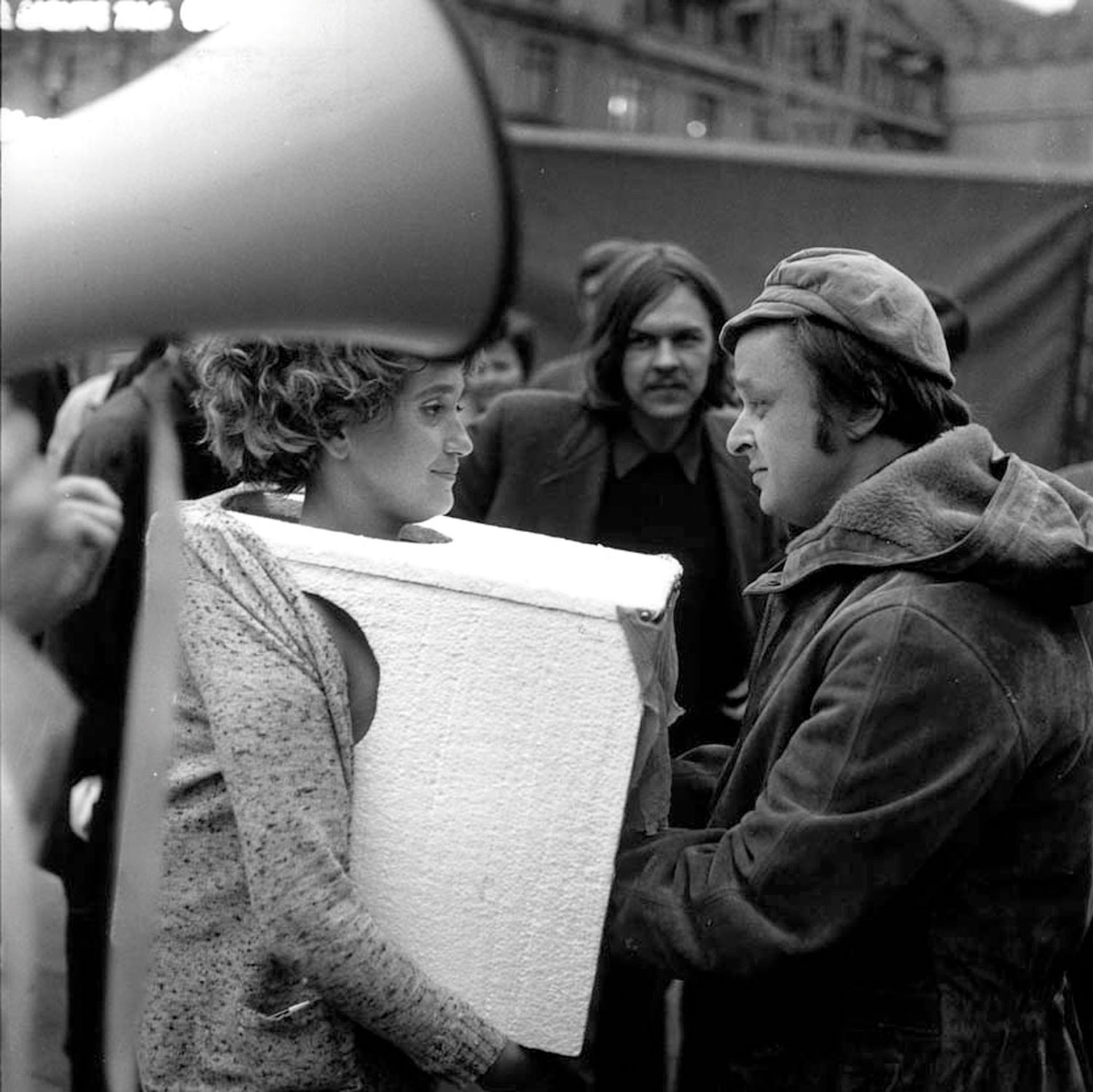
In a 2010 interview with critic David Coggins, Dexter Dalwood points out that “History, just like art history, is a construct. You always wonder if the titans are going to last.” That art, like history, is of its time, and that the vantage point of the present modifies our perception of the seemingly immutable titans of the past, is a recurring theme in the Turner Prize nominee’s mid-career survey at FRAC Champagne-Ardenne. Positively bristling with citations from Picasso, Rauschenberg, Baselitz and Munch, his paintings recontextualize these artists’ work, highlighting their achievements, but also their distance from the present.
That said, Dalwood’s paintings are more than just skewed homages to the giants of art history. They also address history itself, taking the form of fictional reconstructions of past events that have marked our collective memory. Interwoven into these expansive tableaux, his deceptively familiar art-historical quotes take on unnervingly different meanings. In Gorbachev’s Winter Retreat (2000) the warm colors of Gorbachev’s country retreat symbolize the latter’s attempts to bring about a thaw in East-West relations, while wintery landscapes represent the opposing political blocs: a bleak hilly village referencing Munch’s Winterlandschaft, Kragerö [Winter Landscape, Kragerö] (1925-31) occupies one corner of the painting, confronting the different snowy expanses nestling in its other corners. The rectilinear boundaries separating them from one another highlight the antagonism between East and West, but also the frontier between history and art history and, beyond it, the divisions within art itself. Elsewhere, Dalwood sheds an idiosyncratic light on celebrity, employing a wealth of different references: the very title of Ulrike Meinhof’s Bedsit (2000) evokes images of the notorious terrorist going about the routines of everyday life, while a picture of Karl Marx on one side of the painting confronts the black, red and gold composition evoking the colors of the German flag in its other half. Meanwhile, a lamp hanging from an excessively long cable serves as a reminder of Meinhof’s alleged suicide by hanging. Neverland (1999), an evocation of Michael Jackson’s bedroom, is likewise haunted by the actions of its absent owner. It contains objects symbolizing the pop star’s child-like universe and his quest for eternal youth, cuddly toys, Christmas crackers and a large overhead mirror. Like a vanitas painting, it underscores the futility and transience of worldly pleasures in the face of the inevitability of death.
The exhibition also sheds light on Dalwood’s working methods by showing a selection of the preparatory collages that constitute the starting point for nearly all his paintings, and whose abrupt transitions he subsequently reproduces on canvas. These connections are particularly apparent in works such as The Assassin (Rajiv) (2007), which depicts the murder of Rajiv Gandhi by way of Matisse and Bacon. Here, an oval of putrid pink flesh, set into a bright blue and yellow background, cuts into the disfigured lower half of a man’s body. The painting’s dazzling glare and claustrophobic stillness recall the oppressive atmosphere of Albert Camus’s novel The Stranger (1942), while the deformed corpse alludes not only to Bacon but also to Gandhi, whose insides were torn apart.
Dalwood’s far-ranging associative strategies hark back to Aby Warburg’s Mnemosyne Atlas, while questioning the notion and limits of authorship and the status of the citation itself. In doing so, Dalwood has developed a new artistic language of his own.





